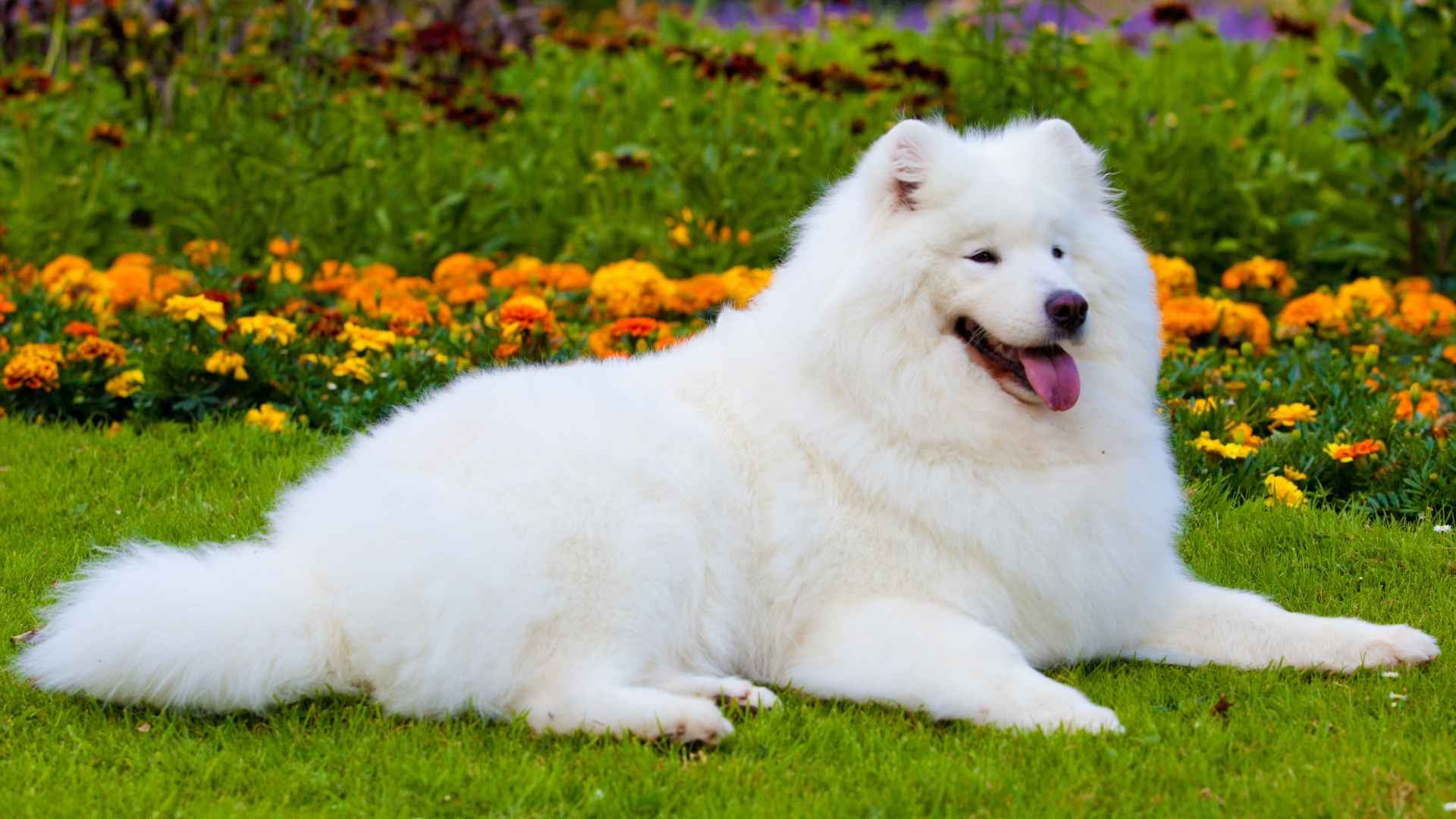We’d do anything for our dogs, right? They’re not just pets—they’re our couch cuddlers, kitchen-floor therapists, and snack-sharing soulmates. From insuring their paws to spoiling them with gourmet treats and matching holiday sweaters, we spare no expense. But… how much is too much when it comes to bringing home a new four-legged family member?
Whether you’re adopting from a loving shelter or buying from a top-tier breeder, every pup is priceless in our hearts. That said, some dogs literally come with price tags that’ll make your wallet whimper. We’re talking thousands of dollars—before you even buy the squeaky toys.
So, what makes a dog breed so expensive? Is it the fluffy fur, royal pedigree, or just the fact that they look like they came straight from a Disney movie? Buckle up, dog enthusiasts (and maybe check your bank account), because we’re diving into the world of high-cost dog breeds—those fancy floofs with the premium price tags. Let’s see which pups come with a side of sticker shock!
High-Cost Dog Breeds
1. Tibetan Mastiff
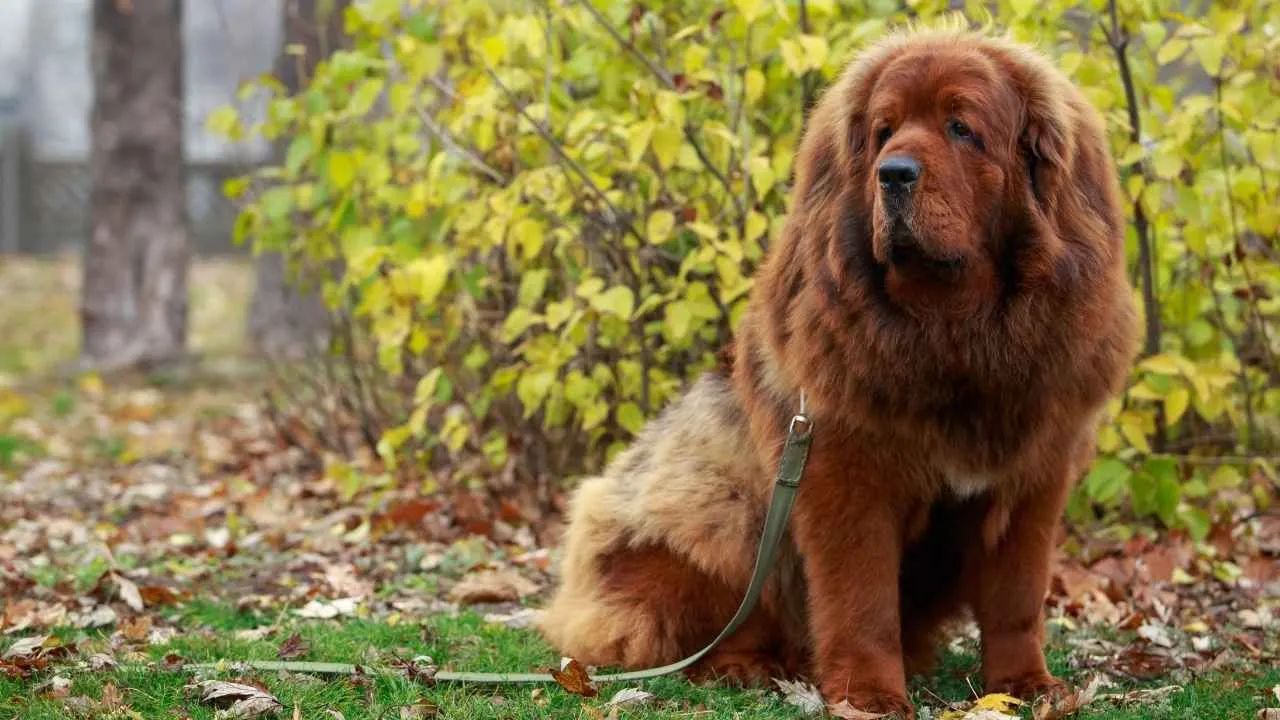
If there were a crown for the world’s most regal floof, the Tibetan Mastiff would wear it, complete with a lion’s mane. Originally from the snowy Himalayas, these giant dogs were bred to guard livestock from predators like wolves, leopards, and bears. With grown males weighing over 150 pounds, they weren’t just barking—they were ready to defend.
While Tibetan Mastiffs started as humble sheep protectors, they’ve evolved into luxury companions. One famously sold for nearly $2 million in China, proving these dogs aren’t just pricey—they’re the definition of opulence. With their ancient bloodlines and low numbers, demand pushes their cost sky-high.
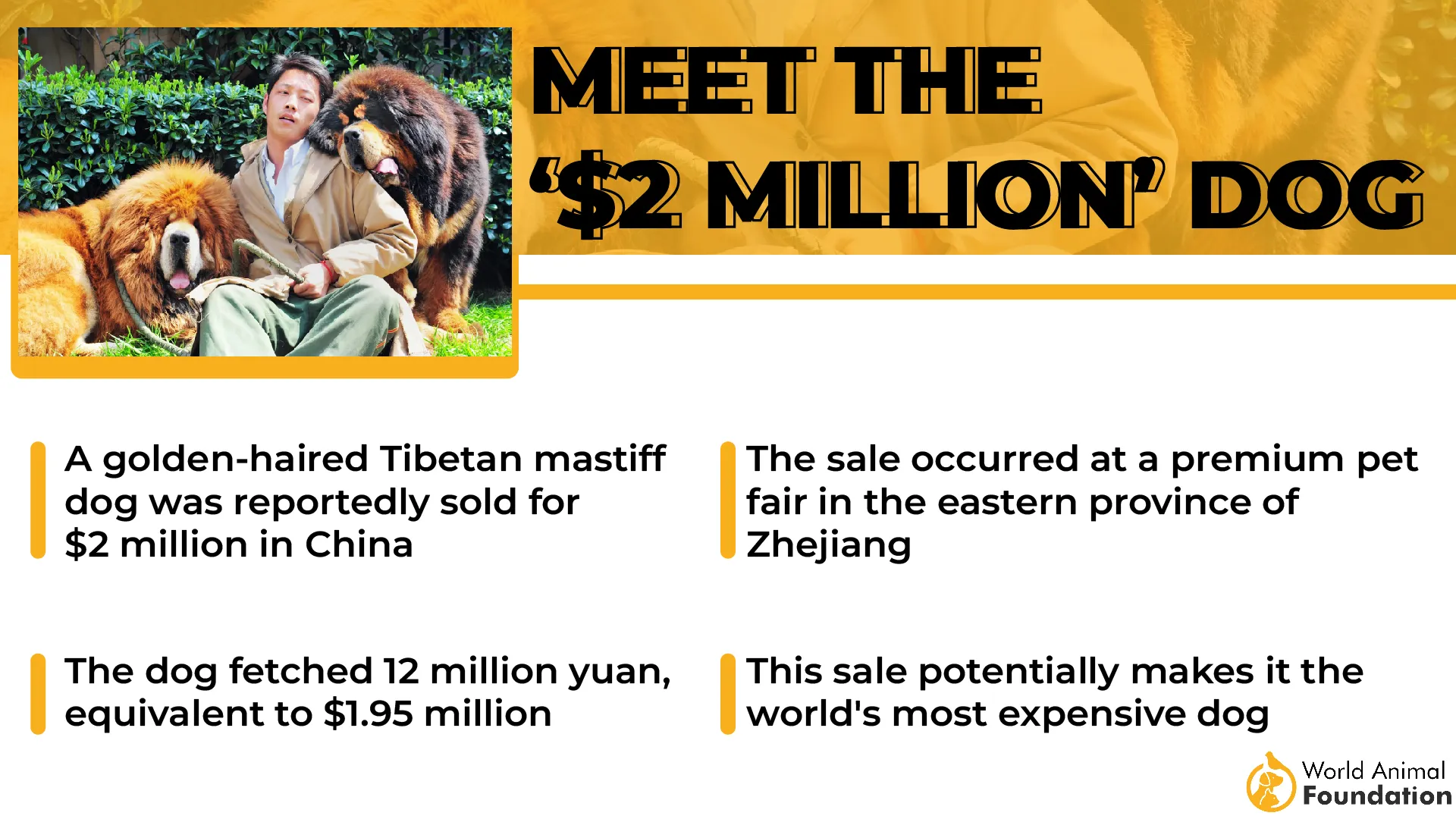
Tibetan Mastiffs are awe-inspiring, ancient, and unforgettable. Yes, they cost a fortune, but for the right owner with the space and patience to match, they’re worth every penny. Just maybe don’t mention the price tag to your bank account.
What makes them so expensive? Besides their rarity, many Tibetan Mastiffs come from show-winning bloodlines, making them even more sought-after. When you combine pure heritage with limited availability, it’s no wonder they come with a hefty price tag.
These dogs are not made for apartment living. They need room to roam, thrive on daily activity, and love long walks—preferably when it’s cooler outside. Their thick coats, built for Himalayan winters, don’t fare well in the heat, so they’re happiest in shady spots and cooler climates.
Grooming a Tibetan Mastiff is a full-time commitment. While they shed lightly throughout the year, they have one epic annual blowout that requires frequent brushing (and probably a heavy-duty vacuum). But let’s be real—who can resist a dog that looks like a majestic mythical creature?
2. Samoyed
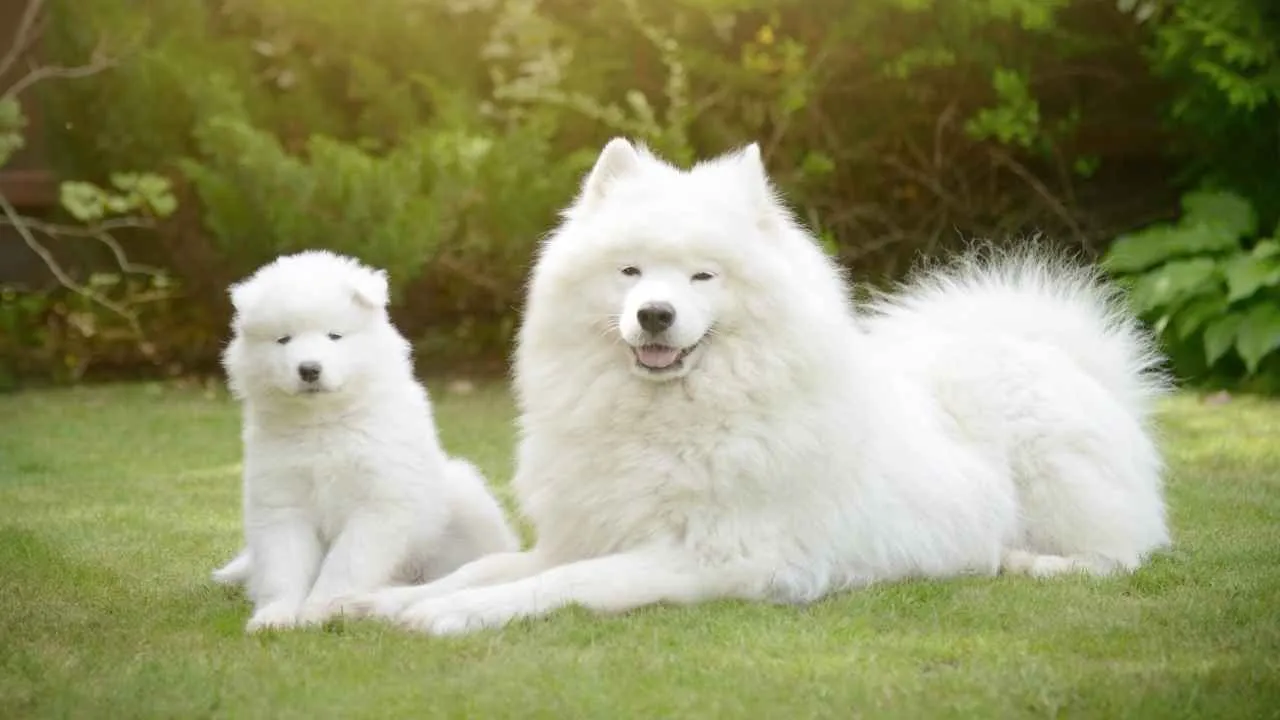
Meet the Samoyed breed—a walking cloud with a cinnamon-roll tail and a smile that could thaw an iceberg. Originally from Siberia, these cheerful pups once herded reindeer and pulled sleds. These days, they’re more into stealing hearts—and emptying wallets. A well-bred Samoyed can cost up to $8,000. That grin may be priceless, but your bank account might beg to differ.
Made for the cold, Samoyeds sport a thick double coat that’s perfect for snowy adventures but a bit much for sunny days. They thrive in cool climates, preferring snowball chases to beach days, and they’ll happily trade sand for snow any day.
Samoyeds aren’t couch potatoes—they’re full of energy and always ready to play. Leave them bored, and your backyard might turn into a digging site or your shoes into chew toys. They’re clingy in the cutest way, following you everywhere like a fluffy shadow.
Owning a Samoyed puppy means embracing the fluff life. Their fluffy white coat requires daily hair brushing, and when shedding season hits (a.k.a. fluffmageddon), they prepare for fur in every corner. Break out the de-shedding tools, lint rollers, and maybe even a sense of humor—you’ll need all three!
Though they look strong, Samoyeds are extremely sensitive souls underneath all that fluff. They’re prone to certain genetic health issues and struggle in warm climates. They also need plenty of social time and mental stimulation, so leaving them alone for long periods is a definite no-go.
With their striking appearance, lovable nature, and endless energy, Samoyeds are worth every penny (and every tumbleweed of fur) for families looking for a companion that’s equal parts adorable and playful.
3. Afghan Hound
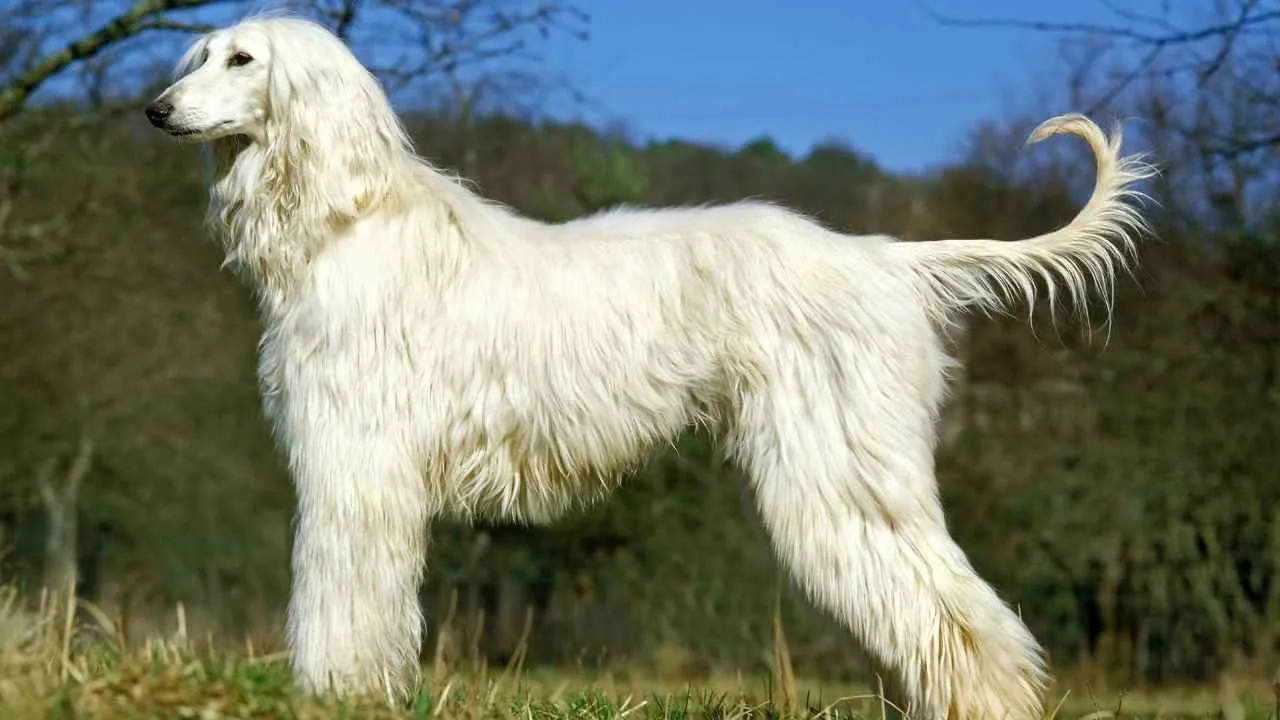
If there were a doggie fashion week, the Afghan Hound would absolutely rule the runway. With their silky, flowing coat and regal demeanor, these dogs look like they just stepped out of a luxury salon—and the upfront cost proves it. As one of the most expensive dog breeds, a well-bred Afghan Hound can cost thousands, not to mention the ongoing grooming bills needed to keep that runway-ready appearance intact.
Long, lean, and athletic, Afghan Hounds were originally bred in Afghanistan as hunting dogs, designed to chase prey across rough terrain with lightning speed. Don’t be fooled by their aristocratic looks—this rare breed can still outpace most dogs at the park, often turning heads with their grace and agility. Their sleek build and instinctive prey drive make them natural in motion.
Owning an Afghan Hound takes commitment, especially when it comes to grooming. Their long, silky coat mats easily and needs daily brushing, plus extras like snoods to protect their ears.
Afghan Hounds have a quiet, dignified charm. Aloof with strangers, they form strong bonds with their chosen humans over time. While they won’t smother you with affection, their sweet and gentle nature and loyal temperament emerge in meaningful, often subtle ways—especially when you’ve earned their trust.
Regarded as one of the oldest and rarest breeds, the Afghan Hound brings elegance, mystery, and a bit of sass to the world of expensive dogs. With a blend of exotic beauty and athletic power, they stand out from certain dog breeds that are generally more common.
For those who appreciate high fashion with high performance—and don’t mind a little aloof flair—the Afghan Hound is a truly unforgettable companion.
4. Chow Chow
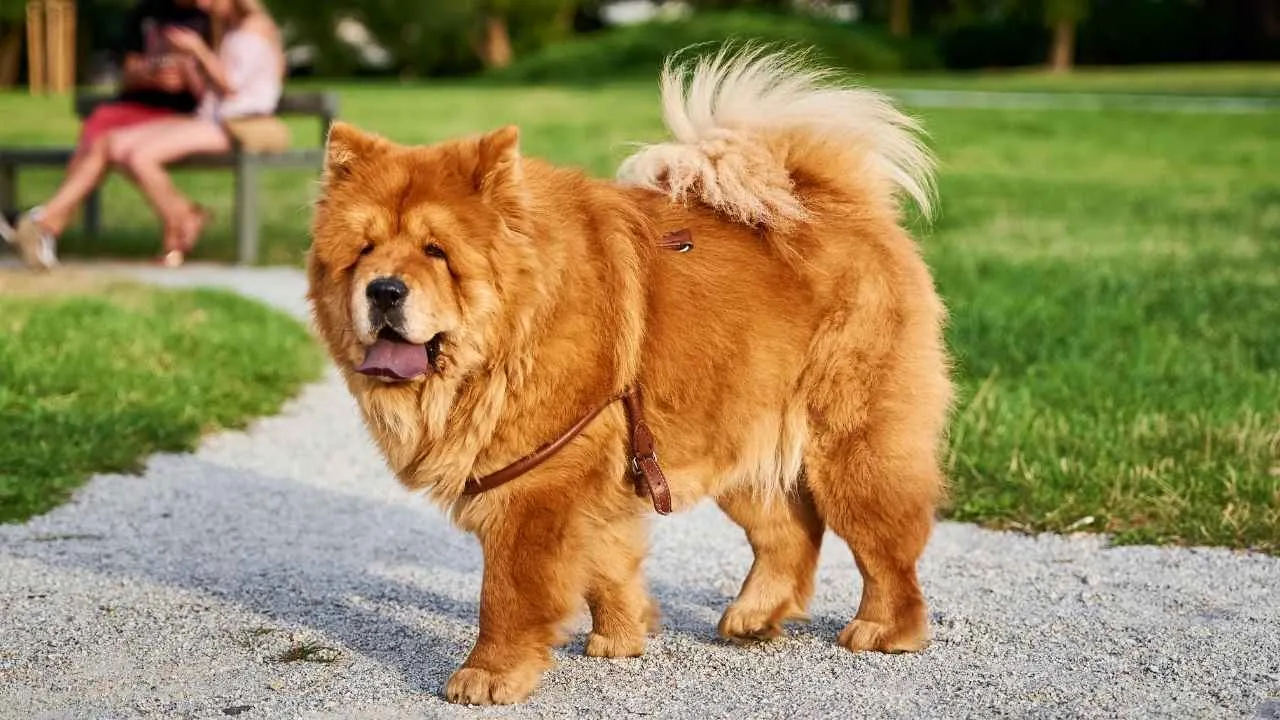
The Chow Chow might look like a cuddly teddy bear at first glance, but don’t be fooled by its plush, lion-like mane and adorable blue-black tongue. This majestic breed has a royal presence, and that comes with a price tag.
Originally bred in ancient China to guard homes and palaces, Chow Chows are naturally protective and reserved, especially around strangers. Their strong watchdog instincts, combined with their impressive, fluffy exterior, make them excellent guardians. But don’t expect a warm welcome at the door unless you’ve earned their trust.
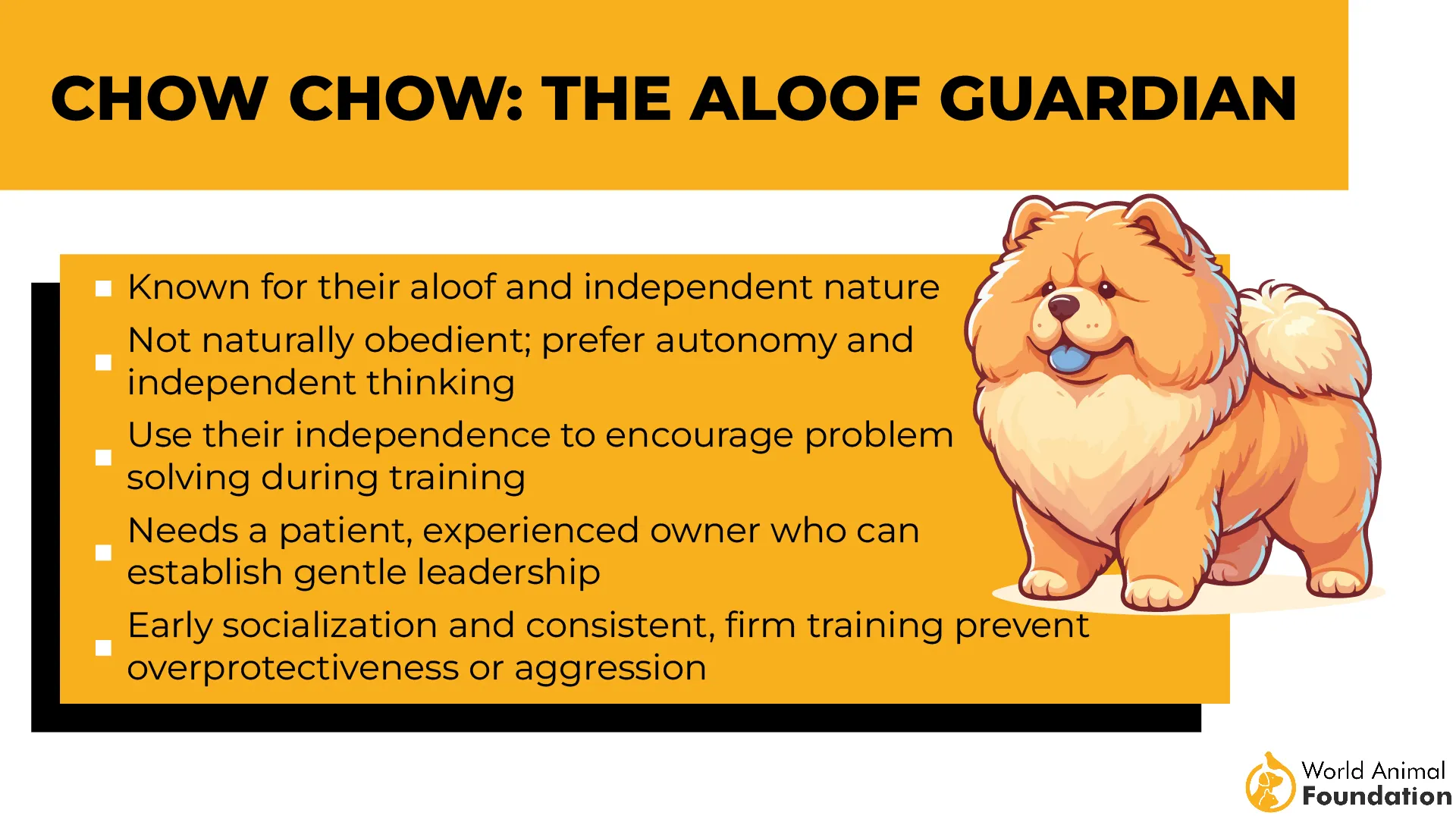
Known for their dignified, aloof demeanor, Chow Chows aren’t the kind of dog to seek out endless affection. Instead, they exude a certain mystery, making them a high-maintenance yet captivating companion.
Owning a Chow Chow isn’t just about the initial cost; their grooming routine alone will put a dent in your wallet. With regular brushing, de-shedding tools, and regular grooming needs, it feels like running a full-time fur salon. Their thick coat requires consistent care to keep them looking their best, and that adds up quickly. But hey, who said beauty came cheap?
Chow Chows are naturally stubborn and independent. They aren’t the type to follow you around or shower you with affection, making them more like the cool, aloof dog at the park who will make heads turn but won’t come when called. When well-socialized, they become deeply devoted companions and make great family pets.
Due to their thick double coat, Chow Chows are better suited to cooler climates. Hot summer days are not their thing, and you’ll likely find them seeking out the coolest spot in the house to relax. Long walks should be done during cooler hours, followed by a well-deserved nap to escape the heat.
With costs ranging from their purchase price to grooming and health care, they can add up quickly. This breed is prone to health issues like hip dysplasia and entropion, so be prepared for additional vet costs.
5. Pharaoh Hound
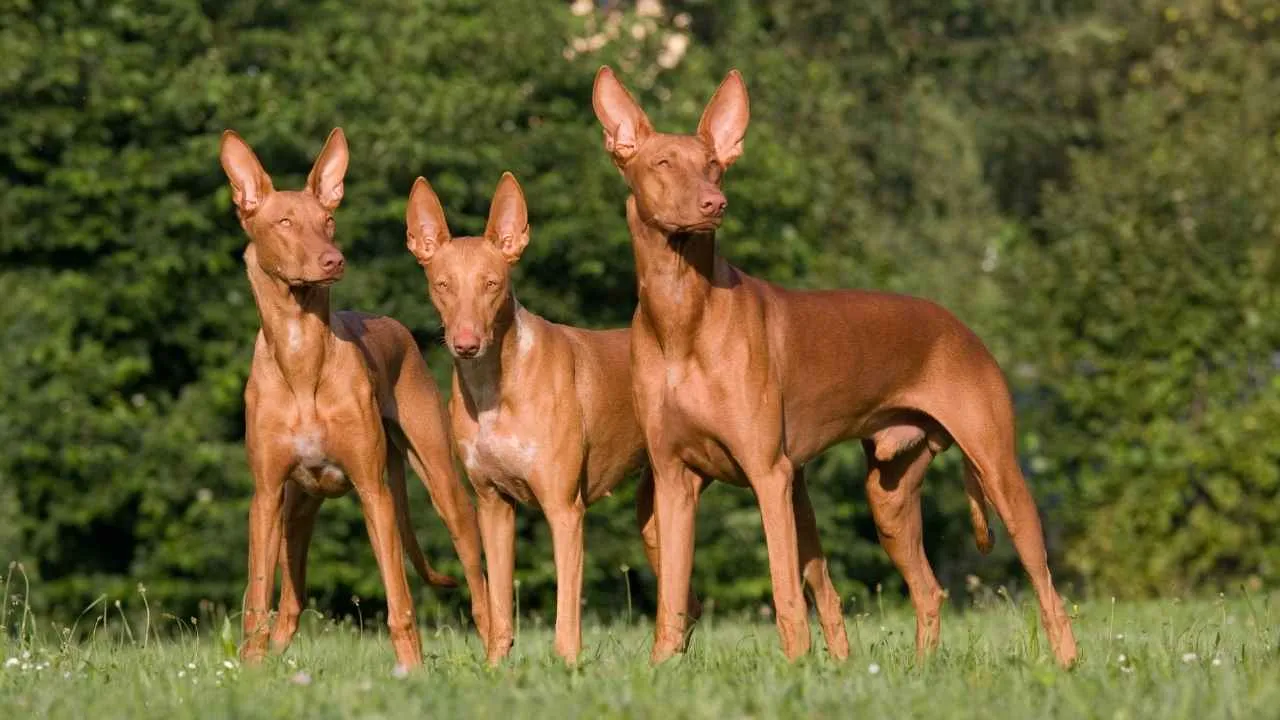
The Pharaoh Hound is canine royalty—sleek, graceful, and impossible to ignore. With their polished appearance and poised stride, these are one of the ancient breeds in the world. These skillful hunters are born to impress, but elegance comes at a cost.
Expect to spend around $2,000 to $3,000 for a Pharaoh Hound, depending on lineage. While not in the league of the Tibetan Mastiff, they still fall firmly into the luxury breed category.
Grooming is refreshingly simple thanks to their short, smooth coat. However, their health needs more attention. Prone to conditions like hip dysplasia, they require routine vet care, so plan for ongoing medical expenses.
Training is where things can get tricky—and pricey. These intelligent yet independent dogs aren’t always eager to please, so consistent, structured training is key. That might mean hiring a professional or joining obedience classes. And with their speed and prey drive, a secure yard is non-negotiable.
Despite the upkeep, Pharaoh Hounds are affectionate, loyal companions who thrive on human interaction. Whether you’re jogging or relaxing at home, they make charming, high-energy sidekicks—just be prepared to invest a little extra for the royal treatment.
6. Rottweiler
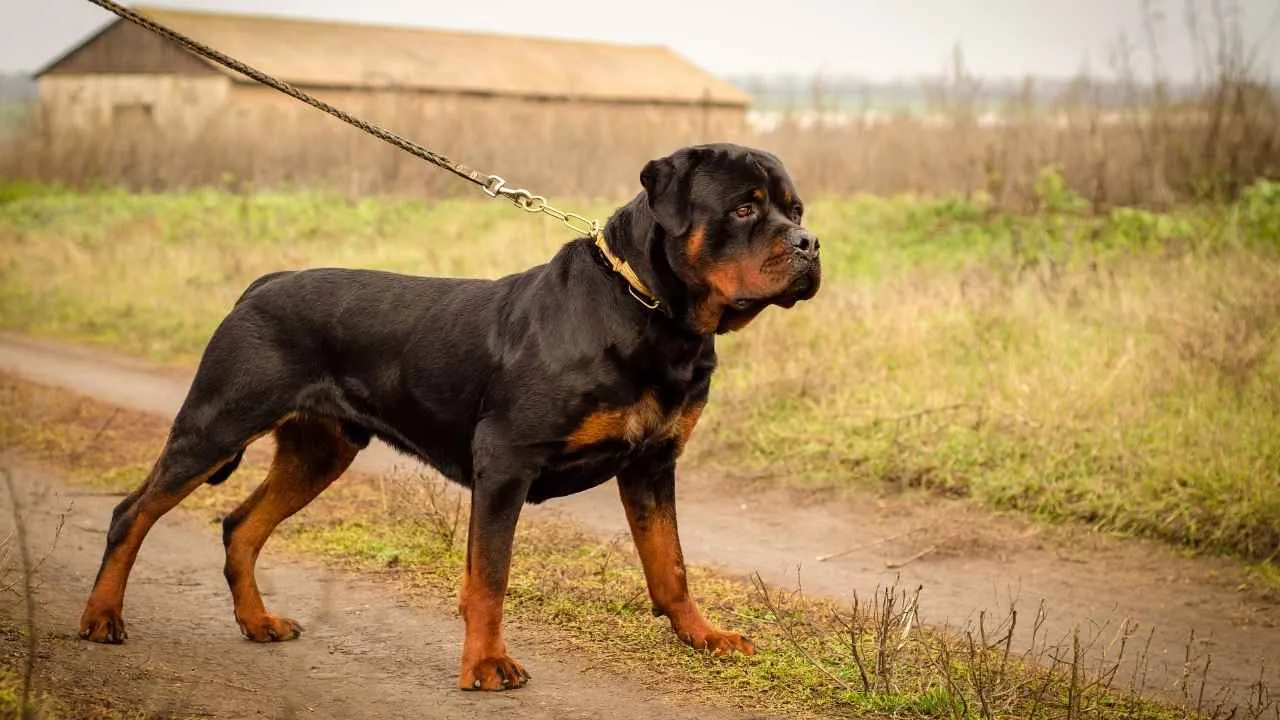
Rottweilers are big, bold, and loyal protectors, but with their impressive size and strength comes a hefty price tag. High-quality bloodlines can push the cost up significantly, especially for those looking for top-tier muscular protectors.
These dogs, originally bred to herd cattle and pull carts, now serve as family guardians. Standing 22–27 inches tall and weighing 80–135 pounds, they’re certainly not lap dogs!
Grooming might be a walk in the park thanks to their short coat, but Rottweiler owners should know the real costs come from keeping these strong pups healthy. Premium food is a must to support their muscles and bones, and regular vet visits help catch issues like hip dysplasia, eye problems, or heartworms early. So while they won’t drain your wallet at the groomer, their healthcare needs definitely call for a responsible and prepared ownership.
Their grooming needs are minimal, requiring occasional brushing, bathing, and nail clipping. However, dental care is essential to prevent costly dental issues. Regular vet visits are crucial for overall health, and as they age, Rottweilers may require more frequent check-ups to catch any health concerns early on.
As noted by Britannica, Rottweilers were originally bred to herd unruly livestock, pull heavy carts, and guard their owners from thieves. Rottweilers were built tough, strong, smart, and fearless. Those dominant physical traits still shine through today. They’re quick learners but can be a bit headstrong if they’re not in the mood to cooperate.
Young Rotties can be a whirlwind of energy (and occasional chaos), but they mellow out into serious, no-nonsense adults who prefer meaningful challenges over silly games. And if you’re looking for a loudmouth, keep searching—Rottweilers aren’t big on barking unless there’s a real reason to speak up.
7. Canadian Eskimo Dog
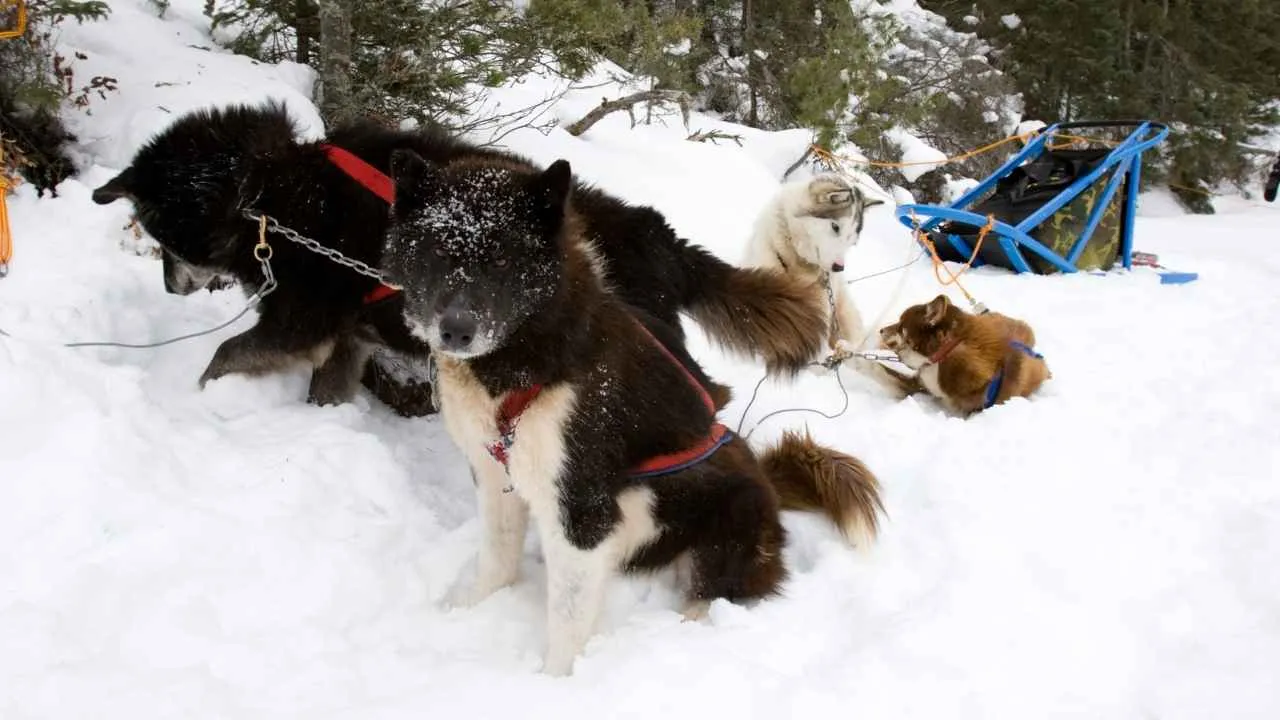
The Canadian Eskimo Dog is a rare, majestic breed—an Arctic powerhouse and living piece of polar history. With only around 300 left in the world, they’re more exclusive than front-row concert seats and come with a price tag to match.
Originally bred to haul heavy sleds across frozen landscapes, these dogs are built for endurance and hard work. Their scarcity alone drives up their cost, and that’s before factoring in their demanding care needs.
Grooming is no small task. Their dense, double-layered coat requires daily brushing to stay clean, tangle-free, and insulating. Regular baths, nail trims, and coat maintenance are essential to keep them in top condition—this is not a low-effort companion.
These dogs are anything but sedentary. They need multiple daily walks and thrive on structured, vigorous activity—pulling, hiking, or winter sports are their bread and butter. Without physical and mental stimulation, they can quickly become restless or destructive.
Hillspet states that Canadian Eskimo Dogs are true working champs who love their pack—and they’re not shy about testing their humans’ patience! Friendly with people but a bit feisty with dogs outside their crew, these high-energy pals can get into tussles if they don’t get enough exercise.
Expect some serious chewing and digging antics, plus plenty of tugging on the leash—after all, they were born to work hard and run free!
8. Lowchen
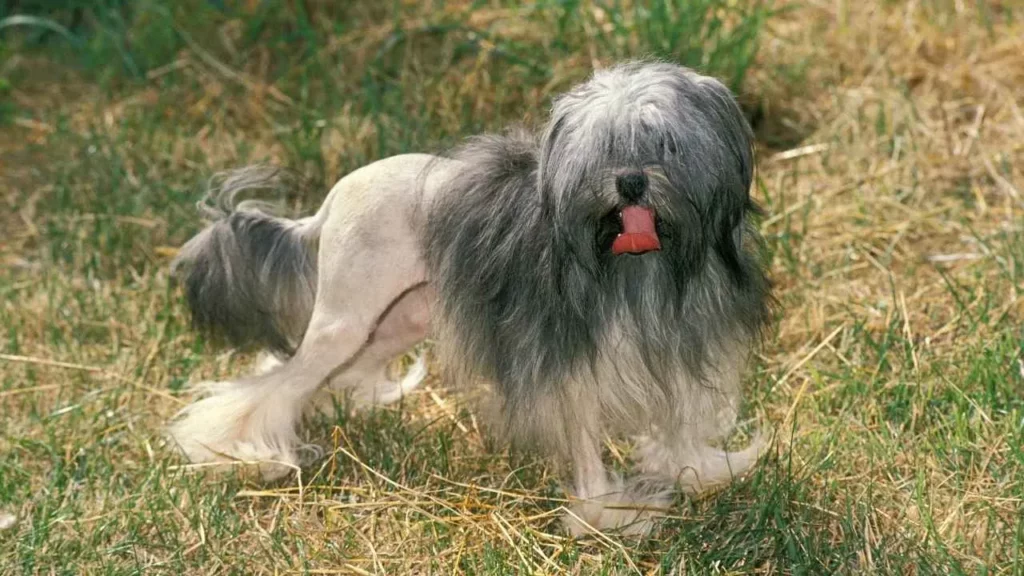
The Lowchen, or “little lion dog,” may be small in size, but it certainly roars when it comes to price. With their flowing coat and irresistible personality, these rare pups demand some serious investment.
Grooming is a major cost, as their thick, long coat needs constant care—expect to pay $50 to $100 per professional grooming session, plus time spent brushing at home.
While Lowchens are generally healthy, their small size can bring a few health concerns, like dental or eye issues. Regular vet visits are a must, and you’ll want to be prepared for any unexpected expenses related to their joints or dental care.
Keeping them mentally stimulated is equally important, so plan on investing in training classes (around $100) and some engaging toys to keep your little lion entertained.
Don’t forget about pet insurance claims! With their average life expectancy of 12-14 years, it’s wise to have a safety net for potential health issues. Despite all the costs, the Lowchen’s loving nature and lion-like charm make them worth every penny—this little companion is truly a treasure for anyone ready to invest in their care.
9. French Bulldog
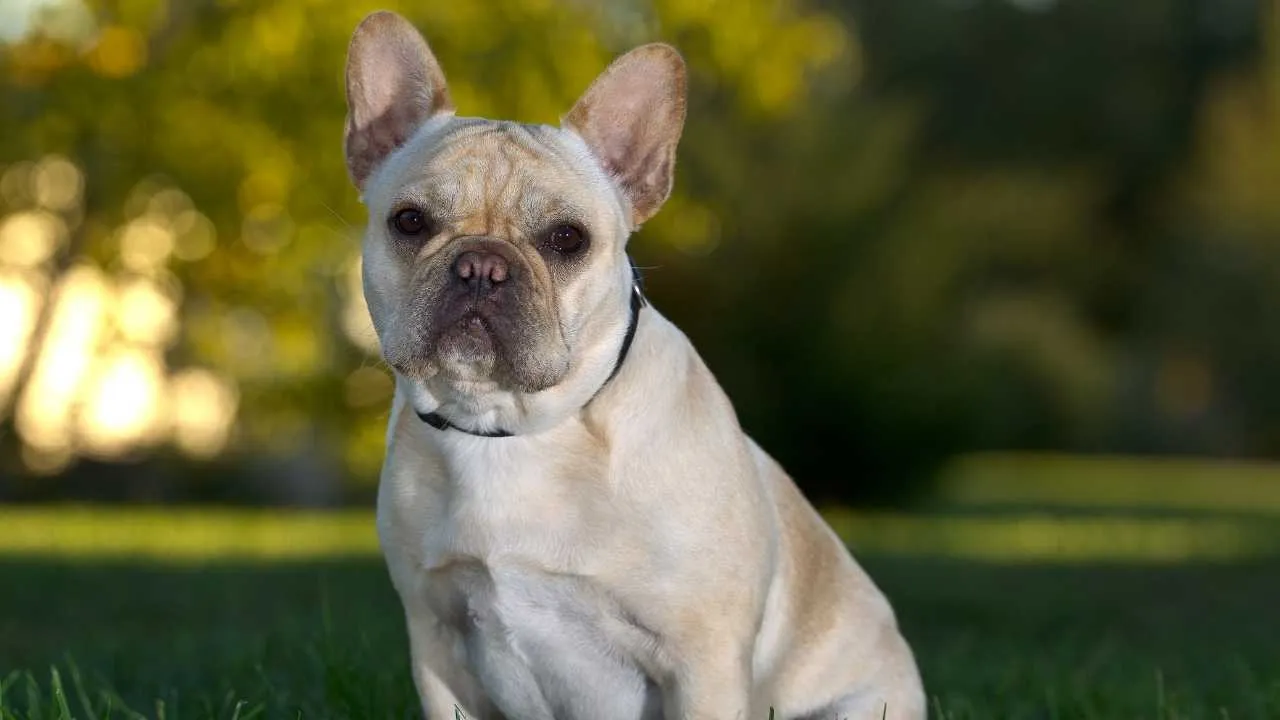
French Bulldogs, aka “Frenchies,” are the Instagram influencers of the dog world—adorable, photogenic, and always ready to steal the spotlight. These pint-sized pooches have captured the hearts of celebs and city dwellers, but don’t be fooled by that squishy face—Frenchies can be crazy expensive to own.
Why so? Well, their body structure makes natural birth tricky, so they’re often delivered via C-section, and with small litters and high demand, they’ve become the couture of canine companions.
But it’s not just their looks that make Frenchies costly. PetMD states those cute, flat faces may be irresistibly charming, but they also bring along breathing issues, snoring, and the potential for overheating, typical in brachycephalic breeds. Add to that a long list of possible health conditions—like respiratory problems, spine issues, and allergies—and your vet bills will quickly add up.
Living with a Frenchie means giving them the royal treatment, especially in warm weather. Think air conditioning, cooling mats, and very brief outdoor excursions when the sun’s too hot. Despite all their quirks, these dogs are full of goofy, affectionate personalities and the perfect apartment companions (as long as stairs aren’t involved too often).
French Bulldogs may look grumpy, but they’re playful, affectionate, and love both fun and relaxation. Great with kids and seniors, friendly but not overly excited around strangers, they’re easygoing companions.
Conclusion
High-cost dog breeds vary widely, from the affectionate nature of the Cavalier King Charles Spaniel, one of the most popular dog breeds, to the muscular body and protective instincts of the Greater Swiss Mountain Dog, bred to hunt wild hogs and serve as reliable guard dogs. Whether you prefer little dogs or loyal hounds used by the Royal Canadian Mounted Police, owning these purebred dogs comes with an average price that reflects their unique traits and care needs.
Some breeds, like the extinct Cordoba fighting dog or the swift South Indian hounds, known as skilled rabbit dogs, are rare or no longer with us. In contrast, others, like the English Bulldog, are extremely susceptible to health issues, leading to vet bills upwards of what many owners expect. The most outgoing dogs and even mischievous dogs require time, effort, and regular exercise—sometimes four or more walks a day—to thrive.
From breeds that hunt rabbits to those protecting sheep or tackling big game hunting, these dogs stand out not only for their roles but also for their cost and commitment. For dog lovers ready to invest in a beloved breed, understanding these factors ensures a rewarding experience with some of the rarest dogs and fiercest animals in the canine world.


